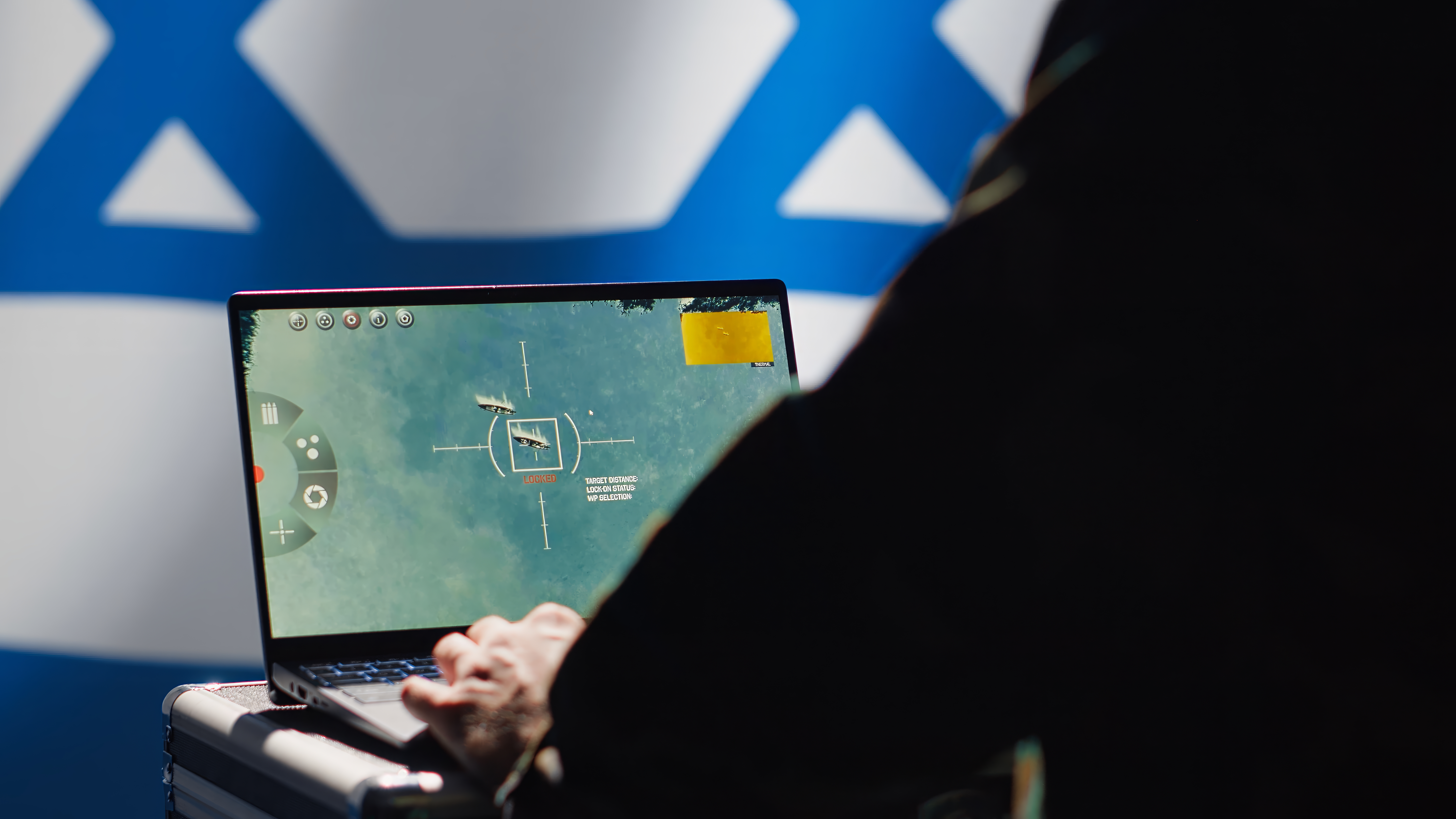The Israel Defense Forces' cloud computing network has endured over three billion cyber attacks since the war between Israel and Hamas began on October 7, according to the officer in charge of the military’s computer unit. However, every attack was successfully intercepted, preventing any damage.
Col. Racheli Dembinsky, commander of the IDF's Center of Computing and Information Systems (Mamram), disclosed this information at the "IT for IDF" conference in Rishon Lezion.
Dembinsky noted that the attacks targeted operational cloud computing systems, which are used by various units to exchange information and track forces during combat. Although she did not specify the nature or severity of the attacks, she emphasized that all were successfully thwarted and no systems were ever compromised.
Mamram, the IDF's central computing system unit, is responsible for managing the infrastructure and securing the military's remote servers.
The conflict began on October 7 when Hamas terrorists breached Israeli territory, resulting in approximately 1,200 deaths, primarily civilians, and 251 kidnappings. It has also been reported that cyberattacks were conducted against Israel on the same day, a claim confirmed by Dembinsky.
Speaking of her experience on that day, Dembinsky said, “I received a phone call that morning and thought there was a malfunction in the alert system. I quickly understood there wasn’t a malfunction, but a broader attack. Also, we immediately understood this wasn’t fake. I put on my uniform and drove to the base. We began transitioning to emergency mode. We were required to focus on the continuous functioning of people and systems. The industry assisted us, and it, along with the reservists we recruited, acted as a force multiplier for us.”
Among the war’s main challenges was dealing with the overloading of computer systems caused by the large amount of manpower using them. The recruitment of reservists and the growth in the amount of users brought about a few peaks. One of the peaks was reasonable, but another one, on October 27, the eve of the IDF’s ground incursion in the Gaza Strip, brought an extraordinary amount of users.
“We reached a situation where we were allocating computing resources at 120 percent capacity. We realized that if we didn’t address the overloads and slowdowns, the situation would overwhelm us. Therefore, during the first weeks of the war, we took two approaches: regulating computing and storage resources, as well as adding more servers to the data centers. This wasn’t enough, so we established an additional data center to provide computing support for operational capabilities.”
Since the war began, certain cyberattacks have been successfully executed against civilian computer systems in Israel. In November, Iranian-backed hackers targeted the Israel State Archives, which only resumed operation in June. Additionally, the computer systems of Modiin Illit were also compromised by hackers.
In June, Israel’s cyber defense chief Gaby Portnoy stated that since the war began, Iran's cyber attacks have become more aggressive, targeting not only Israel but also its allies.
(This statement acknowledges the source of the quotations and provides a reference for readers who may wish to consult the original material TimesofIsrael.com)
(The image used in this blog post has been taken from FREEPIK.com)

